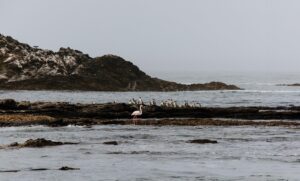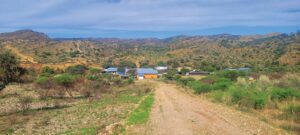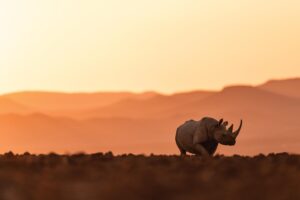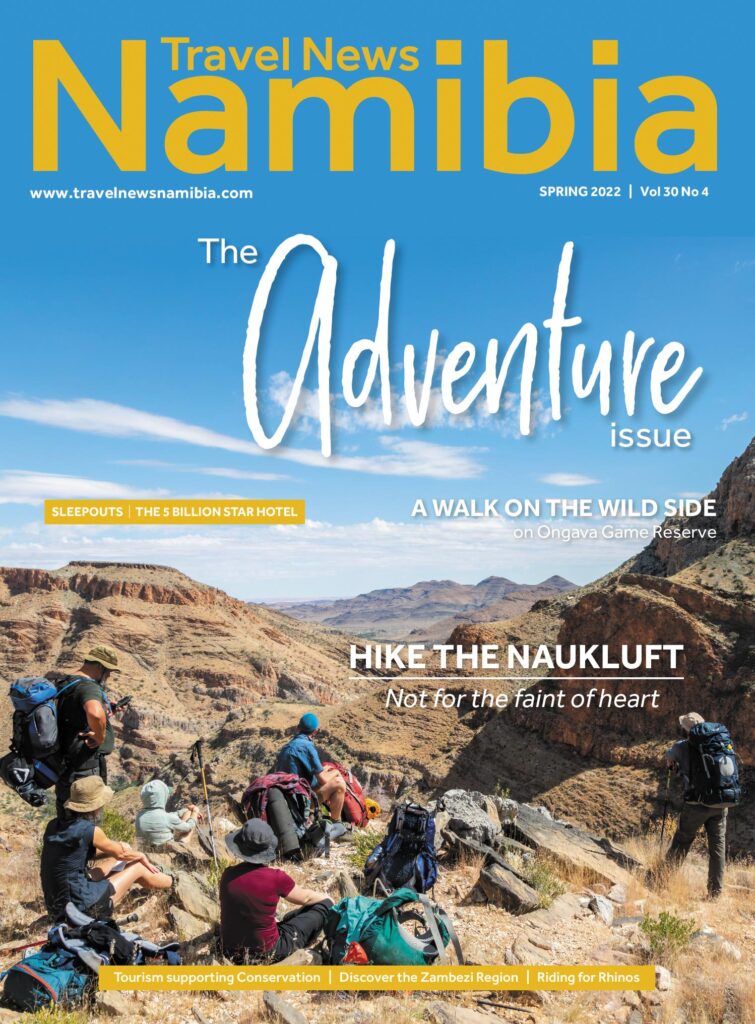
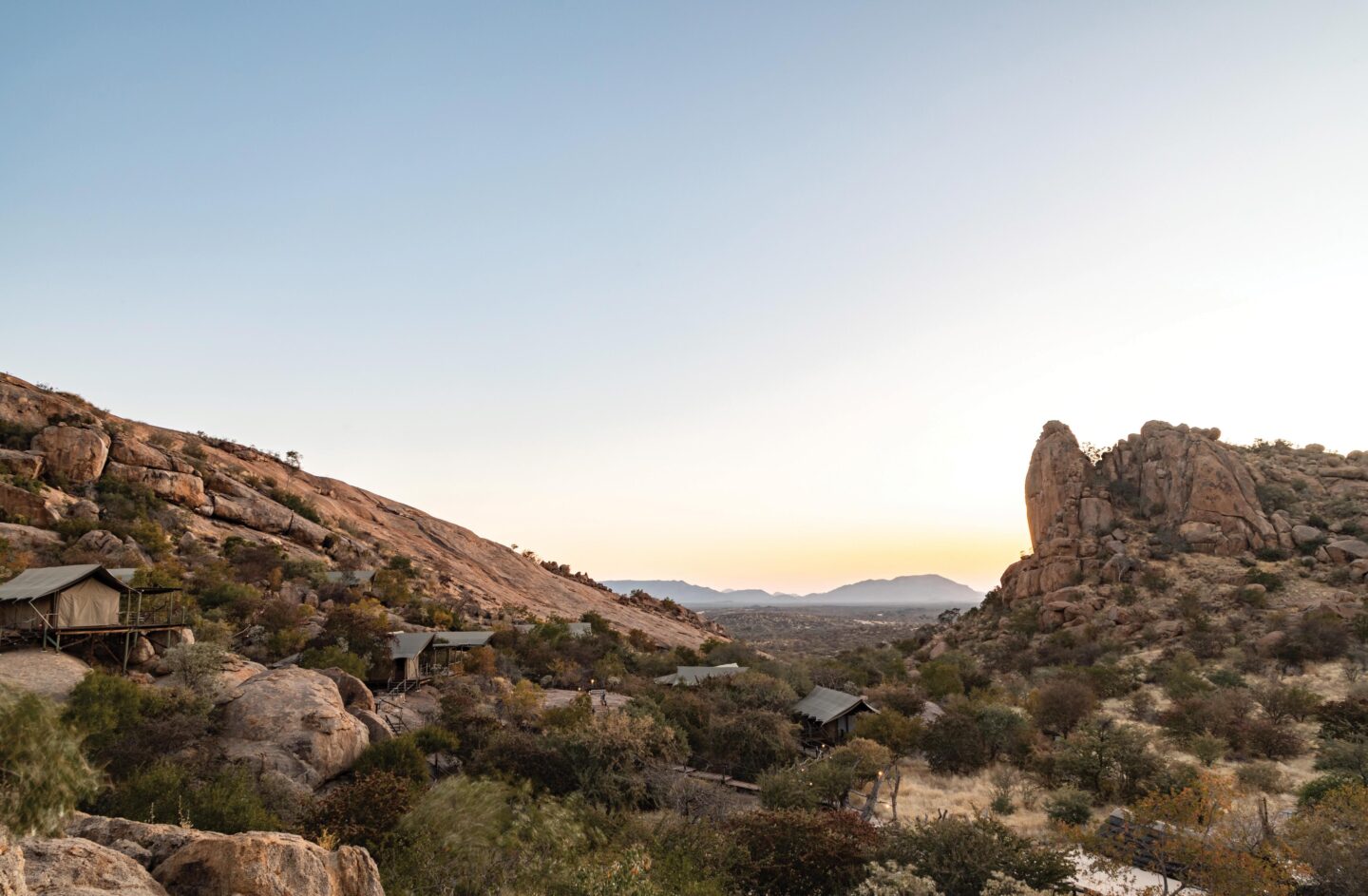
Embracing the wild side
of the Erongo
Situated some 10 kilometres west of Omaruru and roughly a two-hour drive from Windhoek, Erongo Wild invites guests to become absorbed by the natural beauty of the Erongo Mountains. It is a place brimming with life, which is evident as soon as you arrive. You are immediately surrounded by the calls of White-browed Sparrow-weavers, African Red-eyed Bulbul and a chorus of Rosy-faced Lovebirds – sounds that will become synonymous with Erongo Wild. Dassies (rock hyrax) perched atop their rock thrones join in the fun with a couple of shrieks, while intermittently the bark of a baboon can be heard from the surrounding granite hills.
Text Le Roux van Schalkwyk | Photographs Le Roux van Schalkwyk
From the Spring 2022 issue
It is no coincidence that this small paradise is known as Okapekaha by the Herero people, which means “where the water does not dry up.” The Herero, however, were not the first to discover the life- sustaining potential of the Klippdachs Mountains, as the northeastern foothills of the Erongo are called. Centuries earlier, the San inhabited the area and left behind fine rock art sites. The most prominent and interesting one, from an archaeological perspective, is Paula Cave.
The site was proclaimed a national monument in 1951 on the recommendation of German archaeologist Dr Ernst-Rudolf Scherz. What makes the rock art exceptional is described by renowned palaeontologist Henri Breuil as “large, red-haired humans with relatively long bodies, several animals, amongst them elephant and rhinoceros. Further behind them is a group of red-haired people, who are apparently under attack from a larger group of black men with arrows.” There are also rare drawings such as a walking pregnant woman and what looks like flute players. An excursion to Paula Cave offers a remarkable glimpse into the distant past.
To become fully immersed in this fascinating landscape, several hiking trails are available. You can choose a shorter trail on your own or one of the longer guided hiking trails and learn about plants and birdlife as well as some of the fascinating geology. Trails are especially recommended to birders as nearly 200 bird species have been recorded in the area. Keep a look out for the seven endemics, which include Hartlaub’s Francolin, White-tailed Shrike, Damara Rock-runner, Monteiro’s Hornbill and Rüppell’s Parrot. With nesting sites in the surrounding mountains and the dassie-rich crevices, Verreaux Eagles are also spotted regularly.
Erongo Wild’s tented chalets seamlessly blend into their surroundings. Tucked into the boulders, each chalet offers privacy while nevertheless affording splendid views from their private decks. The main area is perched on a granite dome among purple-pod terminalia trees – the purple fruit adds a splash of colour to the greenery of other bushes and the red- brown hues of the granites.
Whether theorising about what the ancient San art of Paula Cave is meant to portray, ticking another bird off the list or exploring one of the hiking trails – come and embrace the natural paradise of Erongo Wild. TNN
“To become fully immersed in this fascinating landscape, several hiking trails are available for guests.”

For more information visit www.erongowild.com or contact them: ✉️


